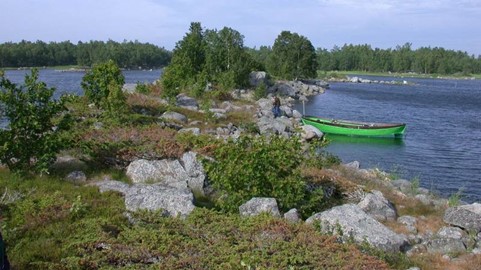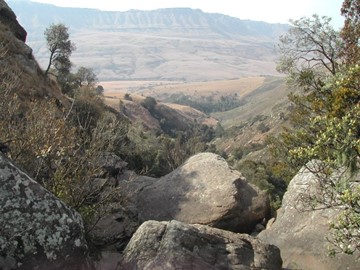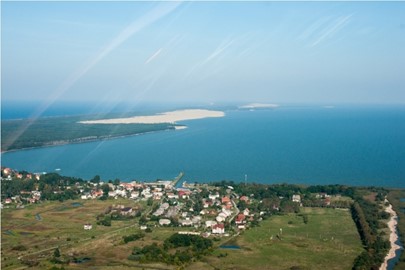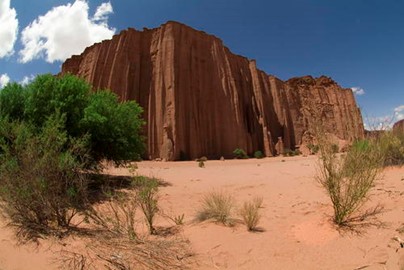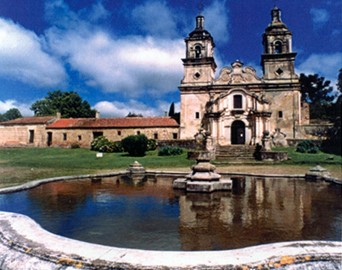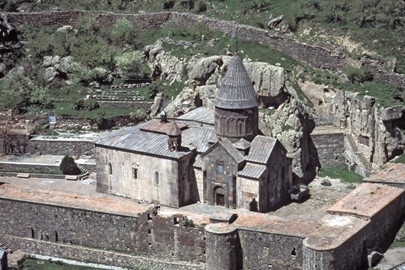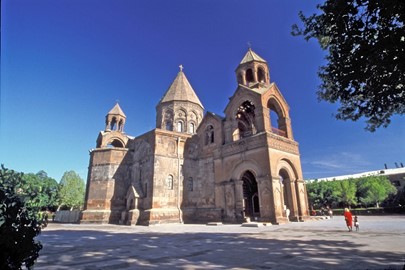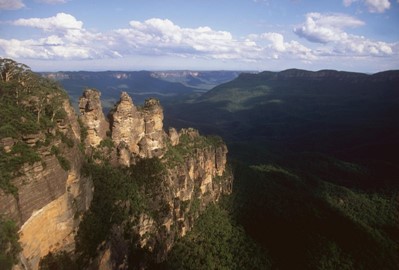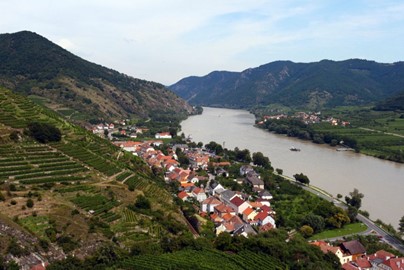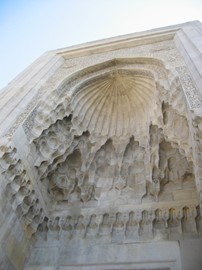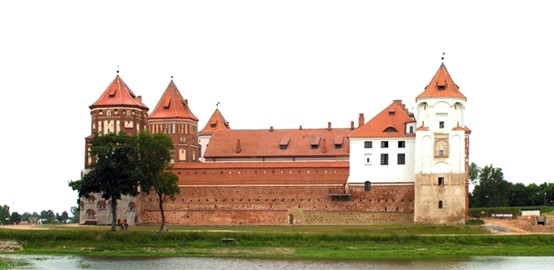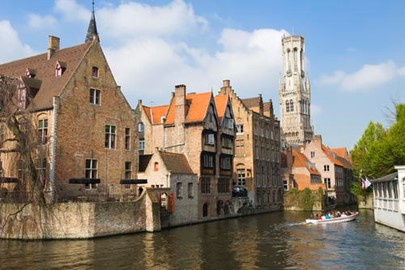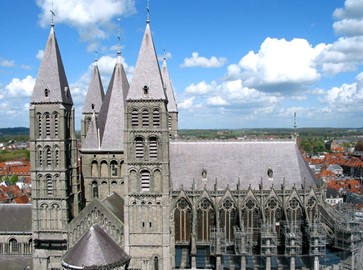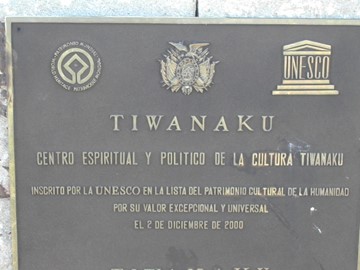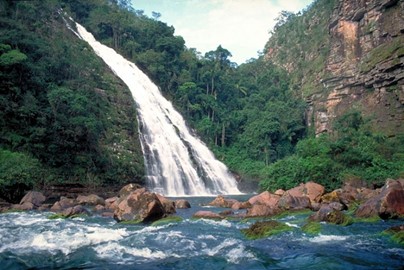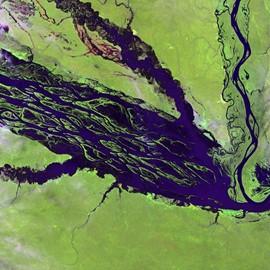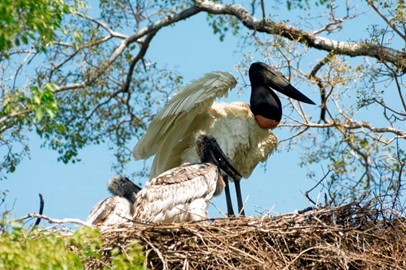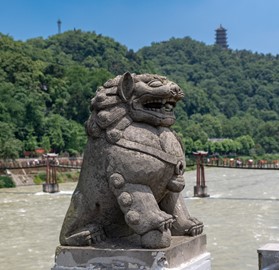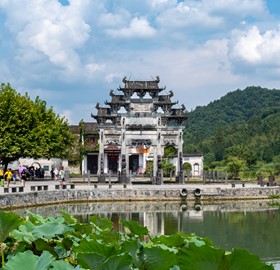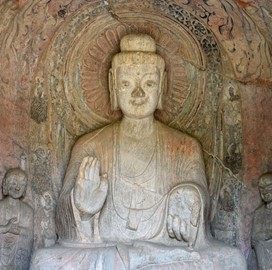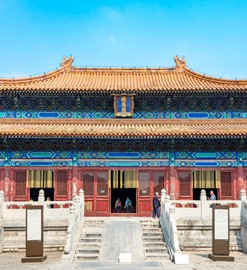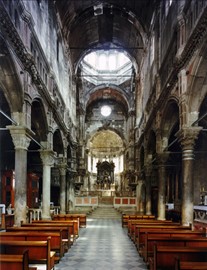year :: 2000
High Coast and Kvarken Archipelago
High Coast / Kvarken Archipelago, a UNESCO World Heritage site in Finland and Sweden, recognized in 2000 and extended in 2006, is a Baltic coastal region showcasing dramatic post-glacial rebound, with land rising since the Ice Age. The High Coast’s rugged cliffs contrast with Kvarken’s shallow archipelago of moraine islands, hosting unique ecosystems and geological formations. This transnational site reflects Scandinavia’s natural heritage, offering a vivid record of Earth’s geological evolution and adaptat... Read More
Maloti Drakensberg
Maloti-Drakensberg, a UNESCO World Heritage site in Lesotho and South Africa, recognized in 2000 and extended in 2013, is a stunning mountain range blending dramatic peaks with rich cultural heritage. Its basalt cliffs and sandstone formations shelter thousands of San rock art sites, dating back over 4,000 years, alongside diverse flora and fauna like the bearded vulture. This transnational site reflects Southern Africa’s natural and artistic legacy, preserving a unique fusion of geology and human history.
Curonian Spit
The Curonian Spit, a UNESCO World Heritage site in Lithuania and Russia, recognized in 2000, is a narrow, 98-kilometer sand dune peninsula separating the Curonian Lagoon from the Baltic Sea. Shaped by wind and human efforts since the 19th century, its shifting dunes, forests, and fishing villages reflect a fragile balance of nature and culture. This transnational site showcases the region’s unique ecological and historical heritage, preserving a dynamic coastal landscape across borders.
Ischigualasto and Talampaya
Ischigualasto and Talampaya, a UNESCO World Heritage site in Argentina, recognized in 2000, are contiguous desert parks preserving a 250-million-year geological record from the Triassic period. Featuring striking red rock formations, fossil beds with early dinosaur remains, and petrified forests, they reflect Earth’s ancient past in a stark, arid landscape. This site showcases Argentina’s scientific heritage, offering a rare window into prehistoric life and geological evolution.
Jesuit Block and Estancias of Córdoba
Jesuit Block and Estancias of Córdoba, a UNESCO World Heritage site in Argentina, recognized in 2000, is a 17th- and 18th-century complex in Córdoba featuring a Jesuit college, church, and five rural estates. Built to fund missionary work, its baroque architecture and productive lands reflect a unique blend of European and Indigenous influences. This site showcases Argentina’s colonial heritage, preserving a testament to Jesuit education and economic ingenuity in the Americas.
Geghard Monastery
Geghard Monastery, a UNESCO World Heritage site in Armenia, recognized in 2000, is a 4th- to 13th-century complex partially carved into cliffs, blending rock-hewn churches with ornate stonework. Renowned for its acoustics and sacred relics, like the spear said to have pierced Christ, it reflects medieval Armenian spirituality and craftsmanship. This site showcases Armenia’s cultural heritage, preserving a unique fusion of nature and architecture in a dramatic setting.
Echmiatsin and Zvartnots
Echmiatsin and Zvartnots, a UNESCO World Heritage site in Armenia, recognized in 2000, encompass the 4th-century Mother Cathedral of Echmiatsin, the world’s oldest cathedral, and the 7th-century Zvartnots ruins, a pioneering circular temple. Reflecting Armenia’s early adoption of Christianity, these sites feature intricate stonework and architectural innovation. This site showcases Armenia’s religious and cultural heritage, preserving a foundational legacy of Christian history and design.
Greater Blue Mountains Area
The Greater Blue Mountains, a UNESCO World Heritage site in Australia, is a rugged wilderness renowned for its dramatic sandstone cliffs, deep valleys, and rich biodiversity. Its ancient eucalypt forests, emitting a blue haze from oil vapors, harbor unique species like the Wollemi pine, a living fossil. Sculpted by millions of years of erosion, the landscape features cascading waterfalls and expansive plateaus. This ecological haven offers a striking blend of natural beauty and evolutionary significance, se... Read More
Wachau
The Wachau Cultural Landscape, a UNESCO World Heritage site in Austria, is a scenic river valley renowned for its historic charm and natural beauty. Lined with terraced vineyards, medieval villages, and ancient castles, it stretches along a winding river framed by rolling hills. Monasteries and ruins dot the landscape, reflecting centuries of cultural evolution tied to winemaking and trade. This picturesque region seamlessly blends human heritage with stunning scenery, making it a timeless gem of Austria’s ... Read More
Walled City of Baku
Baku, a UNESCO World Heritage site in Azerbaijan, is a historic walled city celebrated for its medieval architecture and cultural richness. Enclosed by ancient stone walls, it features the striking Maiden Tower, a symbol of mystery, and the ornate Shirvanshah’s Palace, a masterpiece of 15th-century design. Blending Persian, Ottoman, and Islamic influences, its narrow streets and ancient structures reflect a vibrant historical tapestry. This well-preserved fortress stands as a testament to Azerbaijan’s archi... Read More
Mir Castle
Mir Castle, a UNESCO World Heritage site in Belarus, is a striking 16th-century fortress renowned for its architectural grandeur and historical significance. Combining Gothic, Renaissance, and Baroque styles, its robust red-brick walls, towers, and courtyards reflect the power of the noble families who built it. Once a defensive stronghold and aristocratic residence, it stands amid serene landscapes as a symbol of resilience. This well-preserved castle offers a vivid glimpse into Belarus’ medieval past and ... Read More
Brugge
The Historic Centre of Brugge, a UNESCO World Heritage site in Belgium, is a remarkably preserved medieval cityscape celebrated for its cultural and architectural value. Dating back to the Middle Ages, its cobblestone streets, canals, and Gothic buildings—including churches and merchant houses—reflect its past as a thriving trade hub. Inscribed by UNESCO in 2000, it offers a window into Europe’s medieval urban life, with landmarks like the Belfry standing as enduring symbols of its heritage. Today, it remai... Read More
Major Town Houses, Brussels
The Major Town Houses of Victor Horta, a UNESCO World Heritage site in Belgium, are iconic examples of Art Nouveau architecture from the late 19th and early 20th centuries. Designed by architect Victor Horta, these four residences showcase innovative use of iron, glass, and open floor plans, blending functionality with elegant, nature-inspired designs. Recognized by UNESCO in 2000, they mark a pivotal moment in architectural history, influencing modern design worldwide. These houses remain celebrated for th... Read More
Neolithic Flint Mines
The Neolithic Flint Mines at Spiennes, a UNESCO World Heritage site in Belgium, are among the oldest and largest flint extraction sites in Europe, dating back to 4,400–2,200 BCE. These prehistoric mines, featuring deep shafts and galleries, demonstrate early human ingenuity in tool-making and resource extraction. Recognized by UNESCO in 2000, they provide valuable archaeological insight into Neolithic technology and society. The site’s well-preserved underground network highlights its significance as a test... Read More
Notre Dame Cathedral in Tournai
Notre-Dame Cathedral in Tournai, a UNESCO World Heritage site in Belgium, is a striking example of medieval architecture blending Romanesque and Gothic styles. Constructed primarily in the 12th and 13th centuries, it features a grand nave, five towers, and intricate stonework, reflecting its historical role as a religious and cultural landmark. Added to the UNESCO list in 2000, it stands out for its architectural evolution and artistic heritage. The cathedral remains a symbol of Belgium’s rich ecclesiastica... Read More
Tiwanaku
Tiwanaku, a UNESCO World Heritage site in Bolivia, is an ancient pre-Columbian archaeological site renowned for its monumental stone architecture and cultural legacy. Flourishing between 300 and 1000 CE, it features the iconic Gateway of the Sun, massive monoliths, and intricate carvings, reflecting the sophistication of the Tiwanaku civilization. Recognized by UNESCO in 2000, it offers insight into one of South America’s earliest urban societies. The site remains a powerful symbol of Bolivia’s indigenous h... Read More
Noel Kempff Mercado
The National Park is one of the largest (1,523,000 ha) and most intact parks in the Amazon Basin. With an altitudinal range of 200 m to nearly 1,000 m, it is the site of a rich mosaic of habitat types from Cerrado savannah and forest to upland evergreen Amazonian forests. The park boasts an evolutionary history dating back over a billion years to the Precambrian period. An estimated 4,000 species of flora as well as over 600 bird species and viable populations of many globally endangered or threatened verte... Read More
Central Amazon Conservation Complex
The Central Amazon Conservation Complex, a UNESCO World Heritage site in Brazil, is a vast protected region celebrated for its unparalleled Amazonian biodiversity. Covering millions of hectares, it includes rivers, forests, and wetlands teeming with species like pink river dolphins and giant arapaima fish. Inscribed by UNESCO in 2000, it’s one of the planet’s largest conservation areas. The complex stands as a vital testament to Brazil’s natural heritage.
Pantanal
The Pantanal Conservation Area, a UNESCO World Heritage site in Brazil, is a vast wetland renowned for its extraordinary wildlife and ecosystems. Spanning floodplains and rivers, it supports jaguars, caimans, and the world’s densest population of hyacinth macaws. Recognized by UNESCO in 2000, it’s a critical refuge for biodiversity in a seasonal landscape. The Pantanal remains a stunning showcase of Brazil’s natural wonders.
Churches of Chiloé
The Churches of Chiloé, a UNESCO World Heritage site in Chile, are a unique collection of 16 wooden churches built by Jesuit missionaries between the 17th and 19th centuries. Crafted without nails using local timber, these structures blend European architectural styles with Indigenous craftsmanship, reflecting the region’s cultural fusion. Recognized for their historical and artistic value, they stand as enduring symbols of faith and ingenuity.
Mount Qingcheng and the Dujiangyan
Mount Qingcheng and the Dujiangyan, a UNESCO World Heritage site in China, combine a sacred Taoist mountain with an ancient irrigation marvel. Mount Qingcheng’s lush peaks host historic temples, reflecting its status as a cradle of Taoism, while the Dujiangyan system, built over 2,000 years ago, showcases ingenious engineering that tamed floods and irrigated fields. Together, they represent a harmonious blend of nature, spirituality, and human innovation.
Xidi and Hongcun
Xidi and Hongcun, a UNESCO World Heritage site in China, are ancient villages renowned for their well-preserved Ming and Qing dynasty architecture. Featuring narrow lanes, whitewashed walls, and ornate wooden carvings, these settlements reflect the prosperity of merchant families. With serene ponds and surrounding hills, they offer a picturesque window into traditional Chinese rural life and cultural heritage.
Longmen Grottoes
The Longmen Grottoes, a UNESCO World Heritage site in China, are an extraordinary collection of Buddhist rock carvings etched into cliffs along a riverbank. Created between the 5th and 10th centuries, these thousands of statues and caves showcase intricate sculptures of deities and emperors, reflecting the peak of ancient Chinese artistry. This sacred site offers a profound testament to Buddhist devotion and cultural achievement.
Imperial Tombs
The Imperial Tombs of the Ming and Qing Dynasties, a UNESCO World Heritage site in China, are a collection of grand mausoleums honoring emperors of two dynasties. Featuring elaborate stone pathways, ornate statues, and majestic halls, these sites blend feng shui principles with stunning architecture. Set amidst serene landscapes, they reflect imperial reverence for ancestry and the afterlife, preserving centuries of royal legacy.
Cathedral of St James
The Cathedral of St. James, a UNESCO World Heritage site in Croatia, is a remarkable Romanesque monument completed in 1311 after over a century of construction. Built entirely from stone, it showcases intricate architectural details, including a distinctive dome and ornate portals adorned with sculptures by master craftsman Juraj Dalmatinac. The cathedral’s unique blend of Gothic and Renaissance elements reflects its historical evolution, making it a significant cultural and religious landmark. Today, it st... Read More
